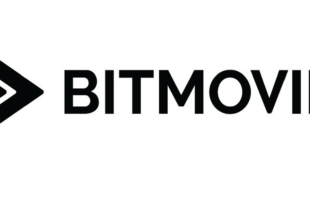There are two overarching trends in the future of news.
Firstly, consumers are accessing news from an ever-broader range of devices. These devices provide access to content on-demand, anywhere and they provide much greater scope for interactivity, enabling the global consumption of news (and feedback to news providers) on an unprecedented scale.
Secondly, the concept of what constitutes news is widening and new services that are less reliant on “professional” newsgathering are emerging. The need for large numbers of professional journalists and the reliance on traditional news gathering operations have both been reduced as “citizen journalism” and “crowdsourcing” have come to the fore.
Together, these two trends are creating a much more complex news industry landscape with news products varying widely between linear and non-linear services; and between narrow and broad services or channels. News organisations need to decide where in the market they are going to play and adapt their structures, presentation and news gathering accordingly.
What does this all mean for traditional news organisations?
We believe that there are five key implications for TV news organisations:
1. Maintain the core essence of traditional TV news: Broadcasters need to focus on a “hard” news agenda and highly developed story-telling to avoid being seen to “dumb down”.
2. Convey analysis, depth and trust: News personalities and specialist reporters will become increasingly important to provide a central focus for audiences to reinforce brand values and maintain credibility. Production values will also need to reinforce the message that this is high quality TV (as opposed to online).
3. Utilise search and social media tools to increase presence across newsgathering and distribution: Video and mixed-media content should be made searchable online (e.g. Increase text data, develop content feeds). Social media sites are critical to news gathering and distribution (e.g. Facebook news feeds, “social readers”). This is especially pertinent in Asia where usage of Facebook and Twitter is amongst the highest in the world. TV news channels should use these tools to spot trends, increase viewer engagement and drive influence.
4. Think about the “multi-screen” experience for the audience: Organisations need to be on both screens. Mobile applications such as Zeebox will work especially well in Asia where there is growing consumer demand for smartphones and tablets, and where a substantial percentage of audiences are beginning to show a preference for watching TV and accessing the internet simultaneously.
5. Integrate news operations across the broader organisation: Traditional players need to explore cross media integration and develop partnerships with international bureaus and news syndication agencies. Similarly, incorporating 24/7 news capabilities will support the wider range of content and the “anytime, anywhere” proposition.
Over the last twelve months, our consulting team has restructured news organisations in Europe and Australia, and has launched new 24 hour news services in the Middle East and South Africa. Our parent, ITN, is a leading global news organisation: It supplies news content to broadcasters globally, it produces news services for ITV and Channel 4 in the UK, and it manages one of the world’s largest news video archives.









